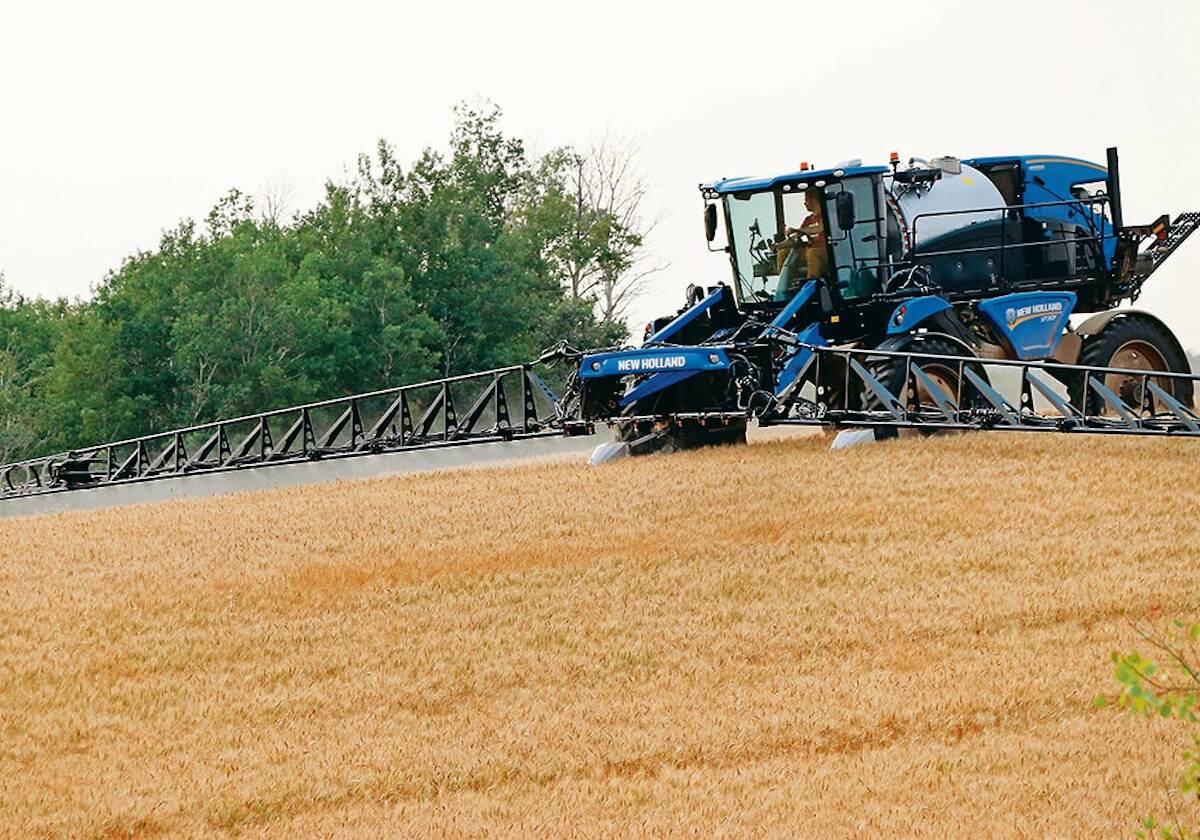CO-OPERATOR STAFF / WAWANESA
It may seem counter intuitive, but a sharp chainsaw is a safer chainsaw. Even a brand-new chain right out of the box, I sharpen it before I cut with it, said Ian Kirby, a woodlot forester who spent a few years in Ontario logging camps before joining MAFRI’s agro-woodlot program.
That may seem like overkill to the average user, who only uses a chainsaw occasionally to clear up deadfalls from fences, but a dull saw makes the job of felling trees and bucking up logs more tiring and stressful.
Read Also

Farming still has digital walls to scale
Canadian farms still face the same obstacles to adopting digital agriculture technology, despite the years industry and policy makers have had to break them down.
At a recent chainsaw safety and maintenance workshop hosted by the agro-woodlot program, Kirby explained how professional loggers keep their equipment shipshape and all their limbs attached at one of the most dangerous jobs on Earth.
The chainsaw may be a common prop in horror films, but if it is used properly and its awesome cutting power respected, it really is no more dangerous than any other power tool, he said. Like any other machine, regular maintenance makes it last longer, and reduces the need for expensive replacement parts.
Check it out
After checking that the oil ports are clear and the bar groove is cleaned free of gunk and dirt, the chain is put on and tensioned.
How tight? A too-tight chain is easy to spot because it shows a lot of resistance under full throttle, so think guitar-string tight. A sagging chain invites trouble, he said. When bucking or limbing, it can flip off the sprocket and bar groove and cause unnecessary wear. Also, a loose chain may not stop moving when the chainsaw is at idle. That’s bad news, too, if you trip and fall on the still-spinning chain.
Check your chain tension every time you suspect that something has changed, he said. Professional loggers carry a scrench, a hand socket-flat screwdriver tool, in a holster along with other tools, for just that purpose.
Once you get all the right tools together and learn the proper technique, sharpening a chainsaw should only take about five minutes.
Many sawyers keep a few chains handy, and then take them to a local shop to be sharpened all at once. But electric grinders remove too much metal from the teeth and lead to premature wear, said Kirby.
With the proper-size round file to fit your chain tooth size and a simple filing guide to achieve the correct angle, as well as a depth gauge and flat file for filing the raker teeth, a saw can be sharpened 25 to 30 times before the teeth are gone.
The whole set can usually be bought for $12 to $20, and it’s worth every penny, said Kirby.
Many operators would be shocked at how easy it is to cut wood with a chainsaw when every tooth is sharpened to the correct angle and the raker teeth are filed to the perfect depth, he added.
Keeping your saw really sharp all the time is the most important thing you can do to add life to your saw and add safety, he said. Your saw will cut properly, and you won’t have to lean on it. It takes a lot of the work out of it.
One of the most dangerous quirks of chainsaws is the phenomenon known as kickback. When the top half of the bar nose hits a piece of wood, usually when bucking or limbing, the saw can jump up and back towards the operator’s face with deadly force.
That is almost always the cause of the most horrific and gory chainsaw accidents, said Kirby.
All modern saws have a manual brake just ahead of the front handle that automatically stops the chain from spinning in such an event. But even with that safety improvement, kickback can still cause nasty injuries.
That’s why it’s wise to always be aware of the risk. If you’re getting tired, take a break to clear your head, refuel, and sharpen your saw, he added.
———
Keeping your saw really sharp all the time is the most important thing you can do to add life to your saw and add safety.
IAN KIRBY MAFRI


















